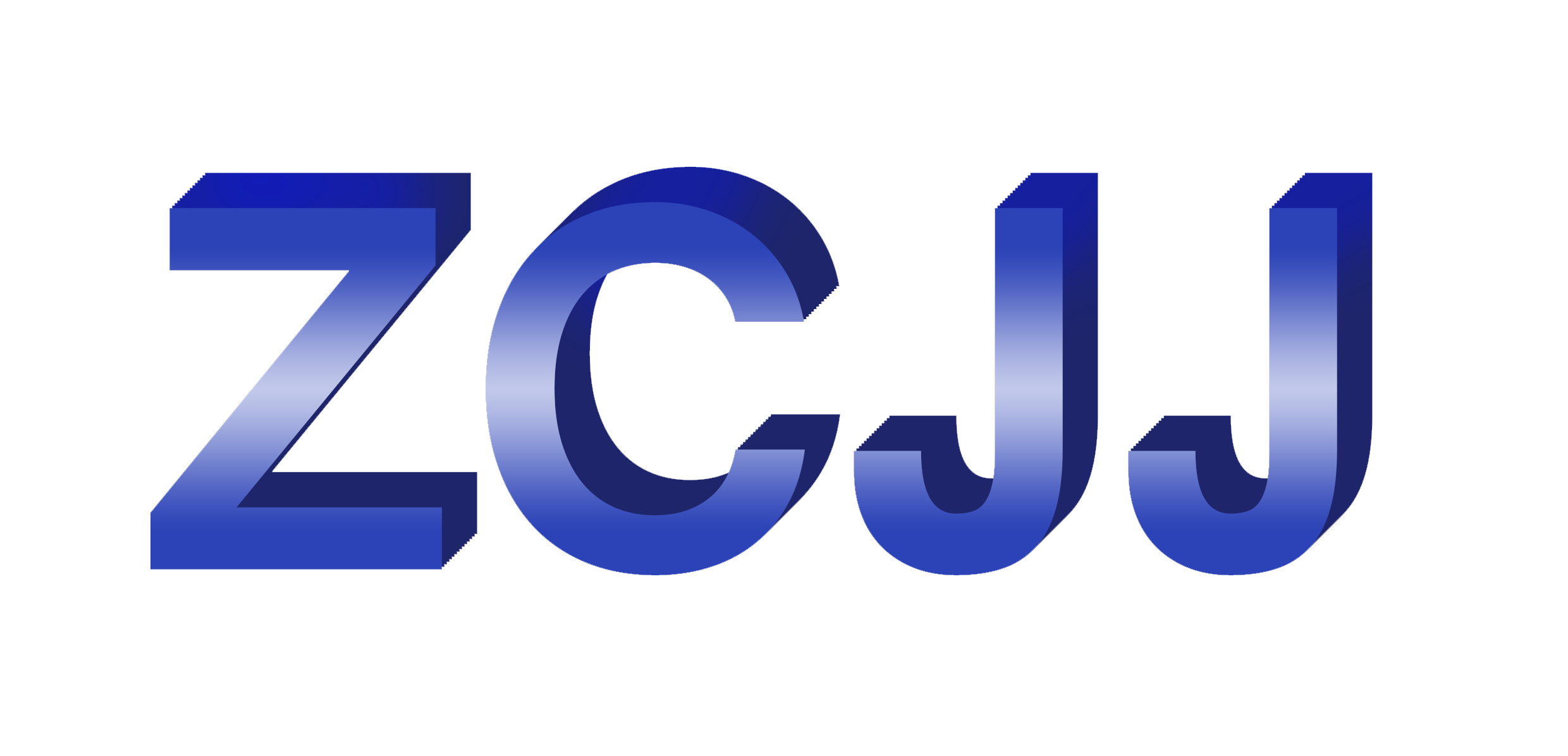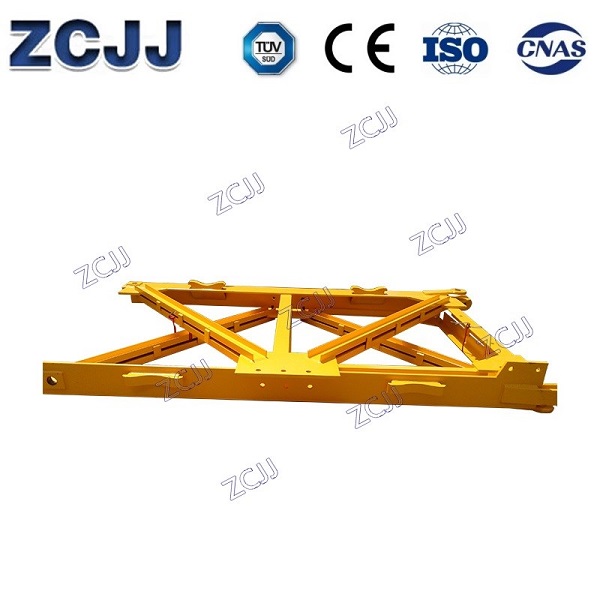L68B1 Mast SectionThe basic requirements of operation technology for tower crane scaffolders are briefly summarized
1. Scaffolders (construction climbing and erecting operators) can only erect and dismantle scaffolds after they have obtained special operation certificate and passed physical examination after receiving safety technical training and assessment of special operation and high place operation.
2. Scaffolders must be erected in strict accordance with the requirements of special tower crane construction scheme and operation regulations, and correctly wear and use labor protection articles during erection.
3. The scaffold shall not be mixed with steel and bamboo. The main stressed members, such as vertical bar, large cross bar, small cross bar and diagonal bracing, must be made of the same material on the same building facade.
4. The poles of the tower crane shall be equidistant, the longitudinal spacing shall not be greater than 1.8 water, and the scaffold shall not be greater than 20 cm from the wall. If it is larger than 20cm, isolation measures must be taken.
5. The extension points of the main members of the scaffold must be staggered; the extension points of the steel pipe diagonal bracing must be overlapped, and the overlapping length shall not be less than 50cm.
6. The top of the scaffold must be capped according to the requirements of the regulations; the inner pole shall be 50cm lower than the cornice, and the outer pole shall be 1m higher than the cornice. From the second step, the outer side of the scaffold must be equipped with 1.2m-high protective railings and 30m cm high foot rails; the top row of handrails shall not be less than 2, with the height of 1.2m and 1.8m respectively.
7. Steel pipes and fastenings used for erection must conform to national standards. It is forbidden to use steel pipes with serious corrosion, bending deformation or cracks, and fastenings with embrittlement, deformation and sliding wires are also prohibited.
8. The erection of scaffold must be carried out according to the specification, i.e. horizontal and vertical, firm connection, solid footing, layer by layer tie, straight support, smooth and flat, complete and firm facilities.
9. The protection shall be carried out between the internal pole of the scaffold and the external wall surface according to the regulations. The sidewalk on the scaffold shall have an independent support system, the corner rest platform shall not be less than 2 square meters, the slope of the sidewalk shall not be greater than 1:3, and the spacing of the anti-skid strips shall not be greater than 30 cm.
10. The foot of the pole of the steel tube scaffold shall be placed on the concrete cushion block or the concrete hardened foundation vertically and stably, and the vertical and horizontal sweeping poles shall be set.
11. The garbage and sundries on the scaffold must be cleaned up frequently. In case of any damage to the scaffold or bending or deformation of the member, it shall be replaced in time.
12. It is forbidden to pull the cable and wind rope on the scaffold and set up the lifting handle; it is forbidden to put the material conveying chute on the scaffold and set up the receiving platform; it is not allowed to feed from the scaffold by means of cable-stayed or inclined crane.
13. The diagonal braces at both ends, corners and outside of the scaffold must be connected in place, and the structure and quantity of the pull nodes meet the requirements.
14. The distance between the scaffold and various transmission lines must meet the specified safety distance, otherwise necessary safety protection measures must be taken. When erecting or removing the frame, pay attention to the safety, and be careful not to hurt people when the rod touches the high-voltage line.
15. The safety protection, strength, rigidity and stability of the internal scaffold with the operation surface higher than 2m must also meet the relevant requirements.
16. The scaffold must have good lightning protection and grounding device, and the grounding resistance shall not be greater than Lo ohm.
17. The removal of scaffold and material elevator shall be directed by a specific person. Before the removal, it is necessary to comprehensively check whether there are any other pulling objects on the scaffold body, the connection between the elevator and the scaffold and the building, etc.; during the removal, a special person shall be assigned to guard; the removal must be carried out from top to bottom in the reverse order of the erection, so as to achieve a step-by-step cleaning. It is strictly prohibited to remove the upper and lower parts at the same time.
18. The removed steel pipe, scaffold, fastener, dense mesh safety net and other objects shall be transferred downward or hoisted down with ropes, and it is forbidden to throw them down.
19. Steel pipes, scaffold pieces, fasteners, safety nets, etc. shall be classified into door categories, stacked in order and hung with signs.
20. After the scaffold is erected, it must apply for acceptance.








